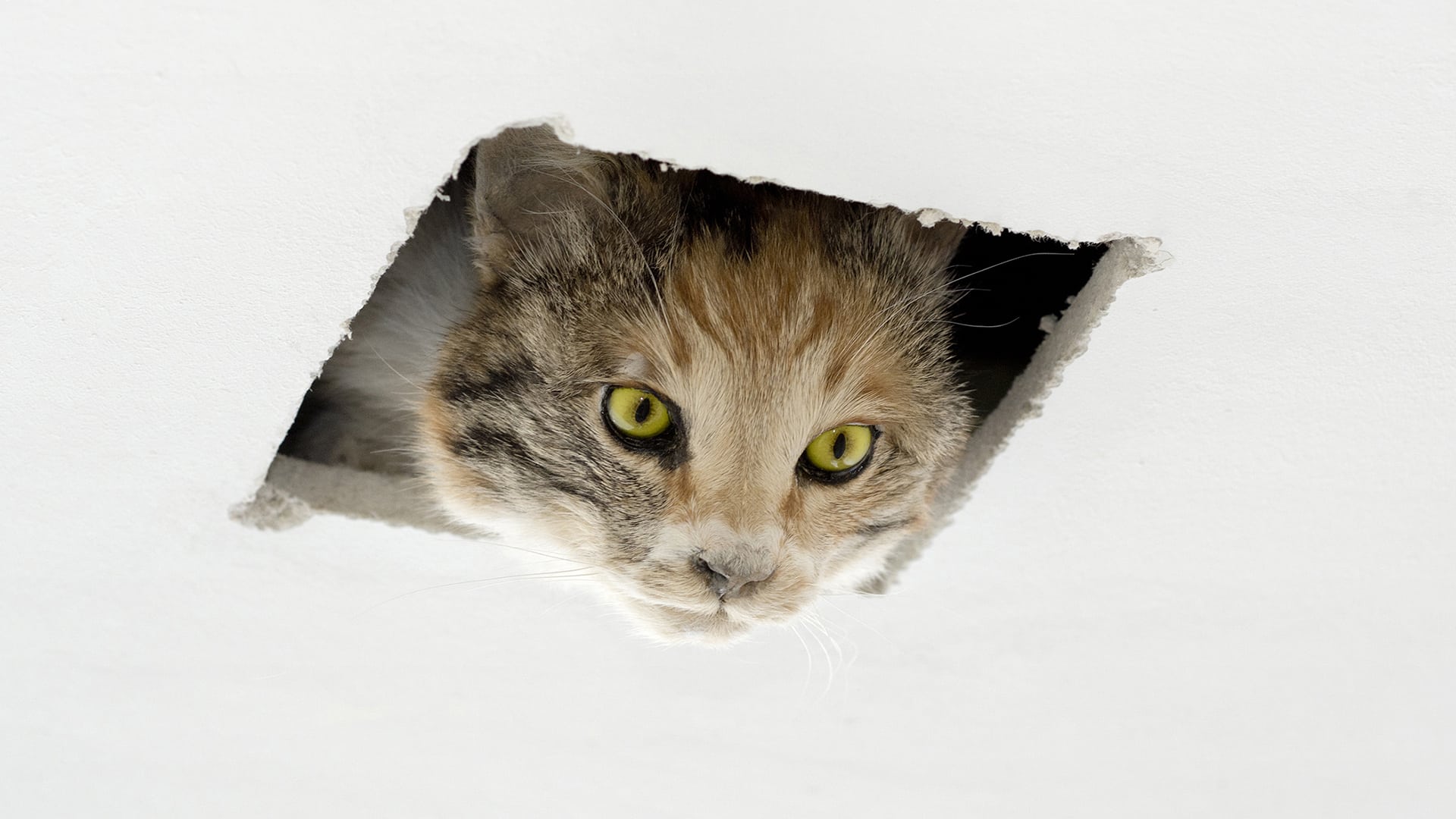Until August 4, the Museum of Modern Art in San Francisco is presenting an exhibition that revisits the way photography has been shared since its invention to the present day. It highlights a little-known facet of one of the most popular mediums of the twenty-first century.

You’re getting blind.
Don’t miss the best of visual arts. Subscribe for $9 per month or $108 $90 per year.
Already suscribed ?



